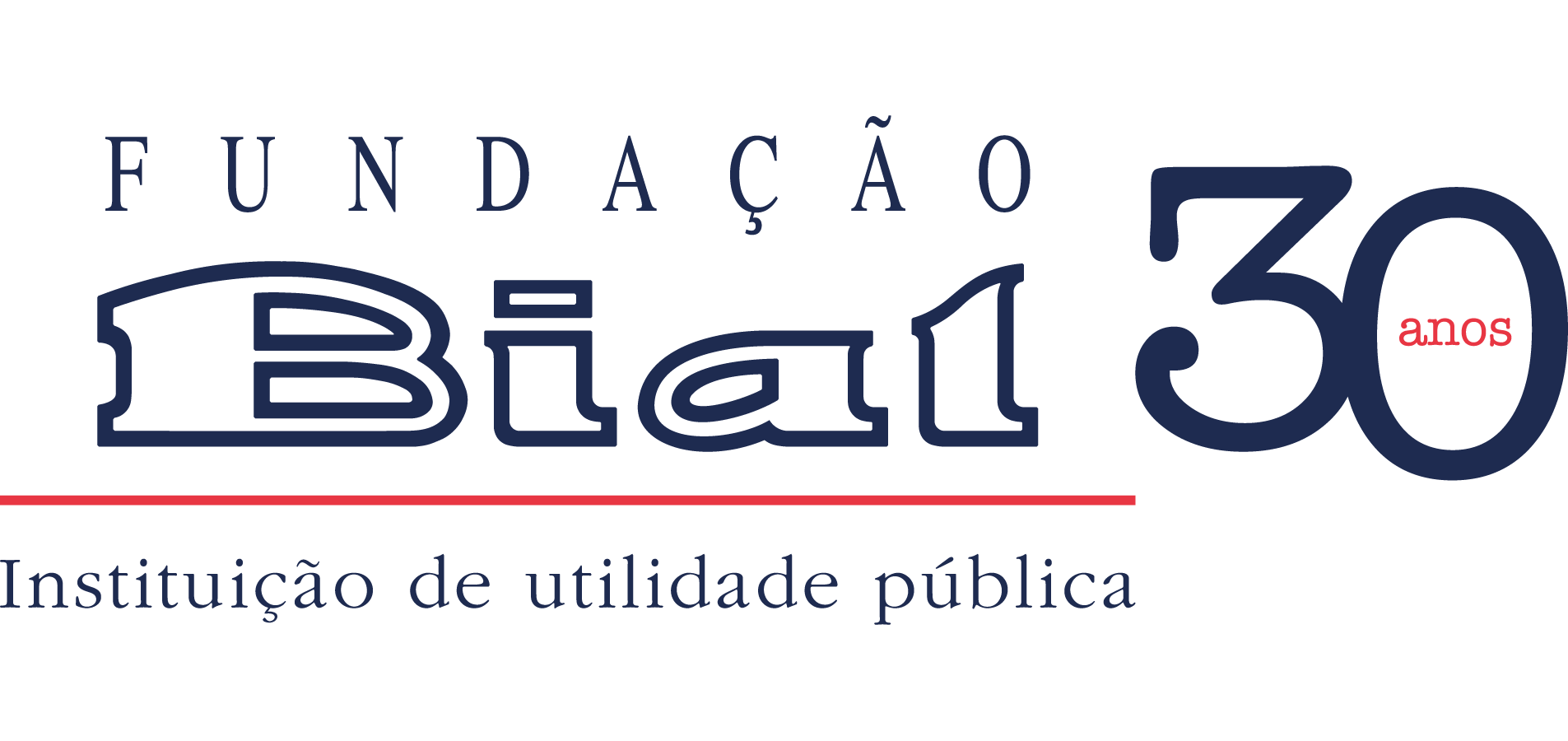São Luís Castro, investigadora principal do projeto de investigação 304/14 - The impact of music training on reading and mathematical abilities of normal and reading disabled children: a behavioral and neuroimaging longitudinal study, apoiado pela Fundação BIAL, pretendeu estudar, a nível comportamental e cerebral, a interação entre o ritmo e as capacidades motoras no contexto do treino musical. Num estudo longitudinal com crianças, foi explorado se a capacidade de perceber ou reproduzir o ritmo (predisposição) modula as melhorias motoras associadas ao treino musical, e foram identificadas regiões cerebrais implicadas na interação entre o ritmo e a aprendizagem motora. Cinquenta e sete crianças de 8 anos participaram num estudo longitudinal onde completaram tarefas rítmicas e motoras, bem como exames de ressonância magnética estrutural antes e depois de um treino musical de 6 meses (n= 21) ou de um programa desportivo (n= 18), ou de nenhum treino específico (grupo de controlo passivo, n = 18). Verificou-se que o treino musical melhorou o desempenho motor (e também o ritmo), e que a magnitude da melhoria dependeu da capacidade de perceber o ritmo antes do treino (ou seja, melhor predisposição para o ritmo, melhorias mais significativas). O treino musical também induziu uma perda de volume de massa cinzenta no cerebelo esquerdo e no giro fusiforme, e a perda de volume estava correlacionada com maiores ganhos motores. Nenhum desses efeitos foi verificado no grupo desportivo e de controle. As implicações destes resultados são apresentadas no artigo Individual differences in rhythm perception modulate music‑related motor learning: a neurobehavioral training study with children publicado na revista científica Scientific Reports.
ABSTRACT
Rhythm and motor function are intrinsically linked to each other and to music, but the rhythm-motor interplay during music training, and the corresponding brain mechanisms, are underexplored. In a longitudinal training study with children, we examined the role of rhythm predisposition in the fine motor improvements arising from music training, and which brain regions would be implicated. Fifty-seven 8-year-olds were assigned to either a 6-month music training (n = 21), sports training (n = 18), or a control group (n = 18). They performed rhythm and motor tasks, and structural brain scans before and after training were collected. Better ability to perceive rhythm before training was related to less gray matter volume in regions of the cerebellum, fusiform gyrus, supramarginal gyrus, ventral diencephalon, amygdala, and inferior/middle temporal gyri. Music training improved motor performance, and greater improvements correlated with better pre-training rhythm discrimination. Music training also induced a loss of gray matter volume in the left cerebellum and fusiform gyrus, and volume loss correlated with higher motor gains. No such effects were found in the sports and control groups. In summary, children with finer-tuned rhythm perception abilities were prone to finer motor improvements through music training, and this rhythm-motor link was to some extent subserved by the left cerebellum and fusiform gyrus. These findings have implications for models on music-related plasticity and rhythm cognition, and for programs targeting motor function.





























































































